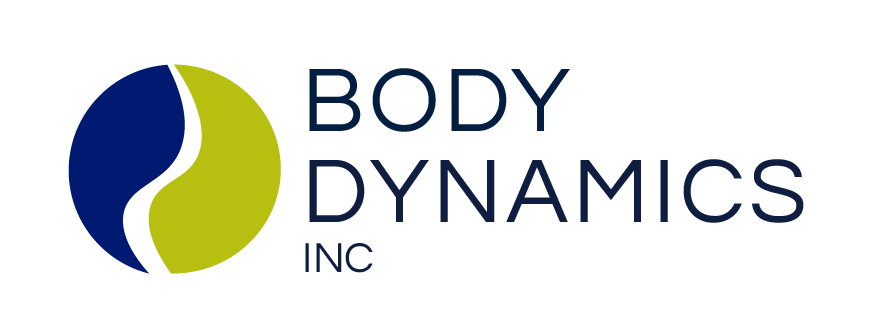By Mercedes Motz
RED-S or “relative energy deficiency” simply put, happens when you burn more calories than you take in. In the arena of athletic performance this was once referred to as the “female athlete triad”. It’s important to know it affects men and women very differently. The term “female athlete triad” refers to specifically active women with low-energy availability, menstrual dysfunction, and low bone density.
How I like to think about it. You buy a brand new car, but the engine has a leak. Over time if that engine continues to leak fluid, other things will become affected until the entire system completely stops working. That’s what happens in our bodies if we aren’t able to refuel properly or have enough fuels to do certain things. Over time the body will break down.
Some Signs & Symptoms to be on the lookout for:
- Fatigued (foggy during the day)
- Excessive weight loss
- Dehydration
- Hair loss
- Absent or abnormal menstrual cycles
- Stress fractures (Big in athletic populations)
- Repeated muscle injuries
On a large scale, if some of these symptoms above continue to happen or go ignored the bigger impact will be:
- Heart Function
- Immune Function
- Mental Health
- Bone Health
The easiest way to manage Red-s, if you start noticing symptoms, go see your primary care doctor. If you don’t have one, make an appointment. Second step would be to create a daily food log which can help you stay on track on the calories you consume each day. Eating “healthy” often tends to lead people down a road where they are hyper focused on what they are eating; not the caloric density of the food. That’s when BMR comes into play, which stands for Basal Metabolic Rate. That number is calculated for each person using the Mifflin-St. Jeor equation. It measures the amount of calories (energy used) for each person for your body to function (lung and heart function etc). On top of that number, you need to add additional calories, based on how much energy you use during daily activities and bouts of exercise.
Knowing what types of food that will allow you to reach the “caloric intake” that you need is sometimes half the battle. For some who may be at risk for eating disorders, seeing a counselor to navigate the relationship with food, would be a better fit.
